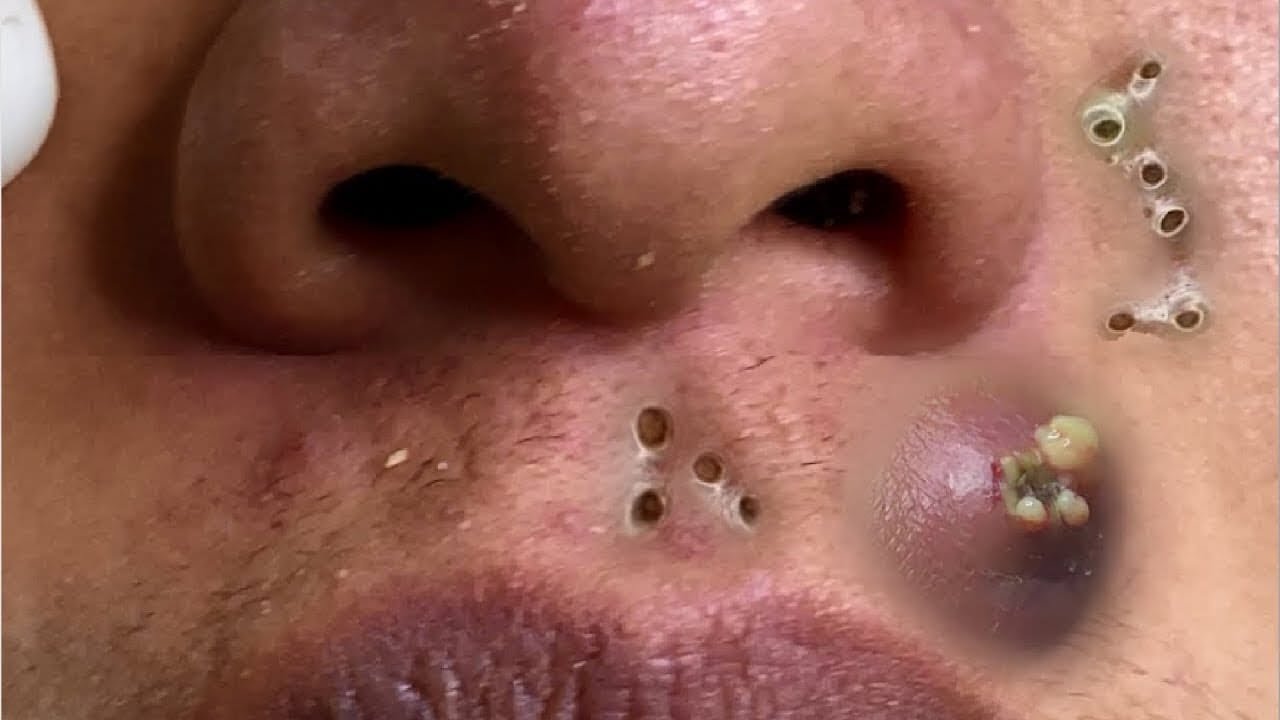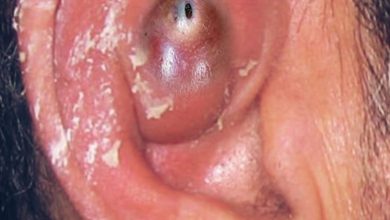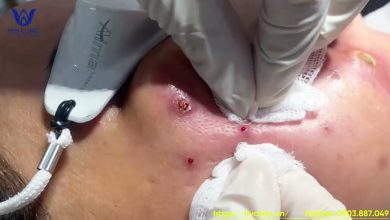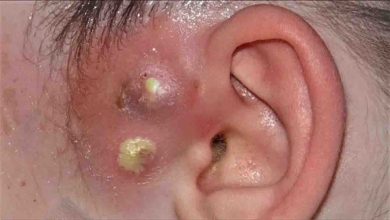Effective Blackhead Extraction for Big Cystic Acne: A Step-by-Step Guide
Cystic acne is notoriously difficult to treat, but when combined with stubborn blackheads, it can be even more frustrating. While blackheads can often be extracted, cystic acne needs more gentle handling to avoid scarring or irritation. If you’re struggling with both, it’s important to use the right techniques and tools to effectively remove blackheads without making your cystic acne worse. In this guide, we’ll walk you through safe, effective ways to extract blackheads from cystic acne areas.

What Are Blackheads and Cystic Acne?
Before diving into the extraction process, it’s helpful to understand the difference between blackheads and cystic acne.
- Blackheads form when hair follicles become clogged with excess sebum (skin oil) and dead skin cells. The clogged pore is exposed to air, which causes it to oxidize and turn black, hence the name “blackhead.”
- Cystic acne, on the other hand, involves deep, painful, and inflamed breakouts that form under the skin. These tend to be more significant and challenging to treat than surface-level pimples or blackheads.
Although blackheads often appear on the skin’s surface, cystic acne can make extractions difficult and painful. This is why it’s essential to handle both with care.
Why Should You Be Careful with Extraction?
It’s tempting to pop or squeeze those blackheads and cystic pimples, but doing so without proper technique can cause:
- Infection: Using dirty tools or unclean hands can introduce bacteria, worsening acne.
- Scarring: Aggressive or improper extraction can leave permanent scars or dark spots.
- Inflammation: Squeezing cystic acne can increase inflammation, which may cause the acne to spread or worsen.
The key to safe extraction is using the right methods and being patient.
Step-by-Step Guide to Safe Blackhead Extraction
Step 1: Cleanse Your Skin
Start by thoroughly cleansing your face with a gentle, non-comedogenic cleanser. This will remove dirt, oil, and makeup that could cause further irritation. Pat your skin dry with a clean towel afterward.
Tip: Avoid using harsh cleansers or scrubs as these can irritate cystic acne and worsen inflammation.
Step 2: Exfoliate (Optional but Recommended)
Gentle exfoliation can help to remove dead skin cells that may be clogging your pores. Look for an exfoliator with mild exfoliating acids like salicylic acid (which is particularly good for acne-prone skin) or glycolic acid.
Tip: Don’t over-exfoliate—doing so can lead to further irritation. Exfoliate 1-2 times a week if needed.
Step 3: Apply a Warm Compress
To soften your pores and make the blackhead extraction process easier, apply a warm compress to your face. You can use a soft washcloth soaked in warm water and hold it over the affected area for about 5-10 minutes. The warmth will open up your pores, making it easier to extract blackheads gently.
Step 4: Use the Right Tools
While your fingers are tempting to use, it’s better to use proper tools like a comedone extractor (a tool designed for blackhead removal). Make sure the tool is clean and disinfected to avoid introducing bacteria to your skin.
Tip: Never use your fingers directly to squeeze blackheads. Using your fingers can cause excess pressure, damaging the skin and leading to scarring or infection.
Step 5: Extract Blackheads Gently
Using your extractor tool, gently press on the blackhead to release it. Avoid using force, as applying too much pressure can harm your skin or push the blackhead deeper. Be patient and work slowly.
If the blackhead doesn’t come out with minimal pressure, stop and try again later. Pushing too hard can cause injury to your skin.
Step 6: Soothe Your Skin
Once you’ve removed the blackheads, apply a soothing toner or serum with anti-inflammatory ingredients, such as aloe vera or witch hazel. These can help calm the skin and reduce any redness or irritation.
Tip: Avoid products that contain alcohol, as they can dry out and irritate the skin further.
Step 7: Apply a Treatment for Cystic Acne
After extracting blackheads, you’ll want to focus on treating the cystic acne. This may include applying acne treatments containing benzoyl peroxide, retinoids, or salicylic acid, which can help to reduce inflammation and speed up healing.
Step 8: Protect Your Skin
Make sure to apply a non-comedogenic sunscreen during the day, as extracted pores can be more vulnerable to UV damage, and your skin will be more sensitive.
Post-Extraction Care
After extraction, your skin may be a little irritated, especially if you have cystic acne. Be gentle with your skin in the following days. Here are a few tips for post-extraction care:
- Avoid touching your face: Your hands carry bacteria that could infect your pores.
- Keep up with a consistent skincare routine: Use soothing moisturizers and acne treatment products.
- Don’t pick at your skin: Let your skin heal naturally to avoid scarring.
When to See a Dermatologist
If you have severe cystic acne and blackheads that don’t respond to over-the-counter treatments or extractions, it might be time to consult a dermatologist. They can offer prescription treatments or professional extractions, which are safer and more effective.
Conclusion
Blackhead extraction in areas with cystic acne can be tricky, but with the right approach, you can keep your skin healthy and clear. Always be gentle with your skin, use the right tools, and take the necessary steps to protect and heal your skin after extraction. If cystic acne persists or worsens, consulting with a dermatologist is the best way forward.
By following these steps and understanding the complexities of both blackheads and cystic acne, you’ll be on your way to clearer, healthier skin in no time!





